Indonesia's National Food Agency confirmed that the country will not continue to import rice as planned because domestic rice reserves are sufficient.
Indonesia declares no rice imports in 2025
Indonesian authorities announced that the country will not import rice, corn, sugar and salt in 2025 thanks to abundant domestic reserves and production, enough to meet demand.
Indonesia also plans to increase its rice reserves next year by purchasing rice from local farmers. The government will raise its rice reserves to 2.5 million tons to strengthen its self-sufficiency in food production. Including retailers, the country’s rice reserves are estimated to reach 8 million tons by the end of this year.
According to data from the Central Statistics Agency of Indonesia (BSP), domestic rice production in 2024 is estimated at 30.34 million tons, down 2.43% from the 31.1 million tons recorded last year.
The Indonesian government is implementing a program to develop 3 million hectares of new rice land to strengthen the country's food sustainability in the face of global challenges and growing domestic demand due to population growth.
If Indonesia stops importing rice in 2025, it will create a sizable demand drop in the international market. The most populous country in Southeast Asia is one of the world's largest rice importers.
According to BSP, in the first 11 months of 2024, Indonesia imported 3.85 million tons of rice, up 62% compared to the same period last year. This imported rice mainly came from Thailand (1.19 million tons), Vietnam (1.12 million tons) and Myanmar (642,000 tons).
Mr. Pham The Cuong - Trade Counselor of the Vietnam Trade Office in Indonesia said that in 2024, bilateral trade turnover as well as Vietnam's export turnover to Indonesia will reach the highest level ever, with double-digit growth.
According to statistics from Vietnam Customs, in the first 11 months of 2024, the total bilateral turnover reached 15.15 billion USD, up 19.99% over the same period last year. Of which, Vietnam's exports to Indonesia during the period reached 5.69 billion USD, up 21.7%.
"It is estimated that in 2024, the total bilateral trade turnover will reach at least 16 billion USD, of which exports are estimated to reach more than 6 billion USD, the highest level ever," Mr. Pham The Cuong informed, adding that bilateral trade turnover has recorded rapid growth in the past 4 years, from 8.07 billion USD in 2020 to 16 billion in 2024.
Exports of agricultural products grew impressively, with rice being the commodity group with the highest export turnover during the period. Statistics show that the total export value of Vietnam's key commodities to Indonesia during the period reached 917.69 million USD, up 20.4% and accounting for 17.1% of total export turnover, of which rice was the agricultural product group with the highest export turnover during the period.
Vietnam's total rice export volume to the Indonesian market in the first 11 months of 2024 reached 1,120,339 tons, worth 679 million USD, up 6.2% in volume and 10.4% in value. With the value and quantity of rice exported during the period, Indonesia continues to be Vietnam's second largest rice export market in 2024.
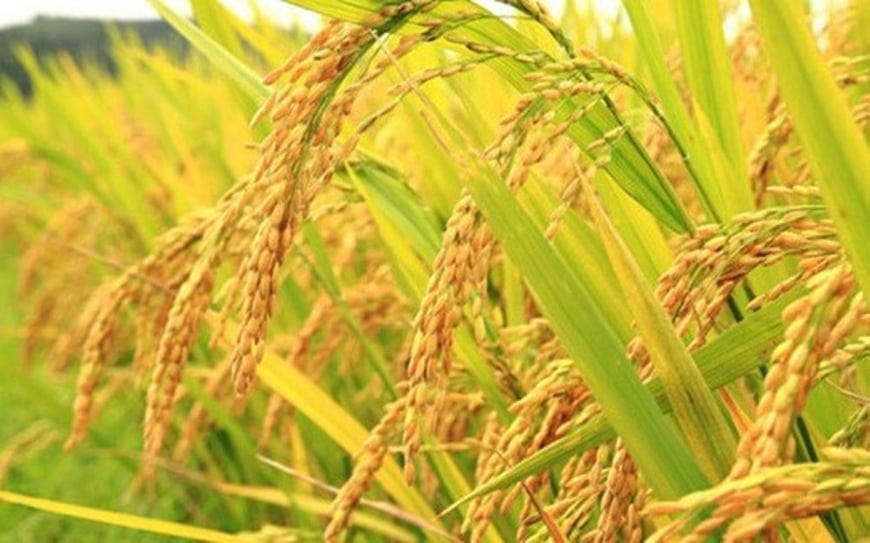
In fact, rice export prices have decreased quite sharply in December 2024.
What will the rice market be like?
Rice prices on January 1, 2025 in the Mekong Delta region fluctuated little for both rice and paddy compared to yesterday.
In particular, for rice, transactions were stagnant, rice prices remained unchanged compared to yesterday. According to an update from the Department of Agriculture and Rural Development of An Giang province, the current price of IR 50404 rice (fresh) fluctuates at 7,400 - 7,600 VND/kg; OM 18 rice (fresh) fluctuates at 8,700 - 8,900 VND/kg; Dai Thom 8 rice (fresh) fluctuates at 8,800 - 9,000 VND; OM 5451 rice fluctuates at 8,400 - 8,500 VND; OM 380 rice fluctuates at 6,600 - 6,700 VND/kg; Nang Hoa 9 is at 9,200 VND/kg; Nhat rice is at 7,800 - 8,000 VND/kg.
Regarding rice, according to the update from the Department of Agriculture and Rural Development of An Giang province, the price of raw rice IR 504 fluctuates at 9,000-9,150 VND/kg; Finished rice IR 504 increased by 100 VND, fluctuating at 10,700-10,800 VND/kg.
For by-products, the prices of by-products and various by-products range from 5,900 - 8,000 VND/kg. Currently, the price of fragrant rice bran ranges from 7,800 - 8,000 VND/kg; the price of dry bran ranges from 5,900 - 6,000 VND/kg.
In the export market, Vietnam's rice export prices remained stable compared to yesterday. According to the Vietnam Food Association (VFA), currently 5% standard rice is at 481 USD/ton; 25% broken rice is at 454 USD/ton; 100% broken rice is at 383 USD/ton.
The year 2024 has ended with positive export results for many key agricultural products. Rice exports in 2024 reached 9 million tons for the first time, earning 5.8 billion USD, up 10.6% in volume but up 23% in value, also the highest level ever. This is also the time when many businesses have begun to offer and sign rice sales contracts for 2025.
The average export price of Vietnamese rice in the past 3 years has had an impressive increase of over 28%, leading to double-digit growth in export turnover. However, according to the Vietnam Commodity Exchange, in 2025, rice exports of many countries, including Vietnam, will face more challenges than in 2024 because the world's rice supply will become more abundant.

Many rice exporting countries in the world are making efforts to boost food supplies.
According to the latest forecast of the US Department of Agriculture, the global rice supply in 2025 will increase and the global rice export output in 2025 will be about 2.3 million tons higher than in 2024 to 56.3 million tons.
Mr. Duong Duc Quang - Deputy General Director of the Vietnam Commodity Exchange (MXV) said: "Many rice exporting countries in the world are trying to increase food supply, besides, India has also reopened the supply. Perhaps, for the above reasons, the average export price of rice may decrease".
Exporters share the same view with experts that rice prices may decrease when supply recovers, but opportunities for Vietnamese rice still exist when quality is focused on to ensure the increasingly strict standards of import markets. And this will be the main competitive advantage of Vietnamese rice in the coming time.
In fact, the export price of rice has decreased quite sharply in December 2024. By the end of December, the export price of 5% broken rice from Vietnam was only 481 USD/ton, down 39 USD compared to the beginning of December 2024. Currently, the export price of Vietnamese rice has fallen below that of Thai rice (499 USD/ton) and is at its lowest level in the past 19 months. Similarly, the prices of 25% broken rice and 100% broken rice have also decreased sharply, reaching 454 USD/ton and 383 USD/ton, respectively.
Exporting enterprises expect the Ministry of Agriculture and Rural Development and localities to accelerate the implementation of the Project of 1 million hectares of high-quality, low-emission rice to have a high-quality, uniform and sustainable supply of rice. At that time, enterprises can confidently diversify markets, expand market share in the high-end segment not only in the EU but also in Japan, China and the Middle East, etc. Focusing on exporting high-quality rice not only helps affirm the position of Vietnamese rice but also provides a basis for enterprises to proactively negotiate selling prices commensurate with value, reducing price pressure from the reserve food market.
Source: https://danviet.vn/indonesia-tuyen-bo-khong-nhap-khau-gao-trong-nam-2025-thi-truong-gao-se-ra-sao-20250101214824234.htm





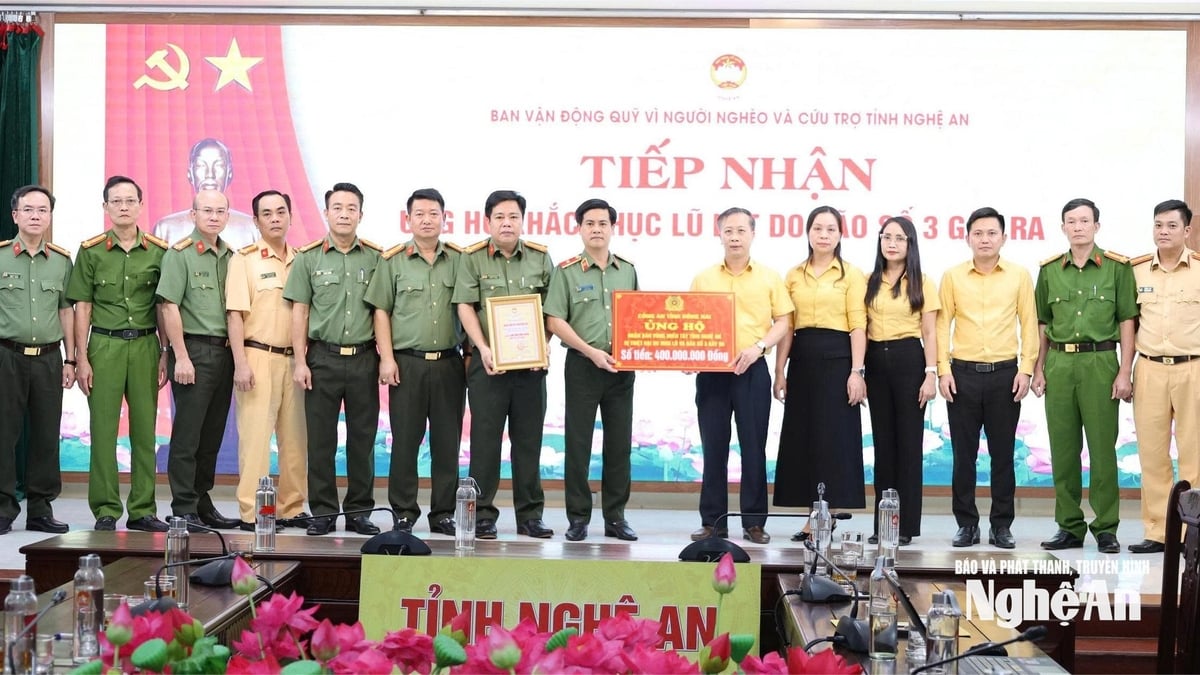




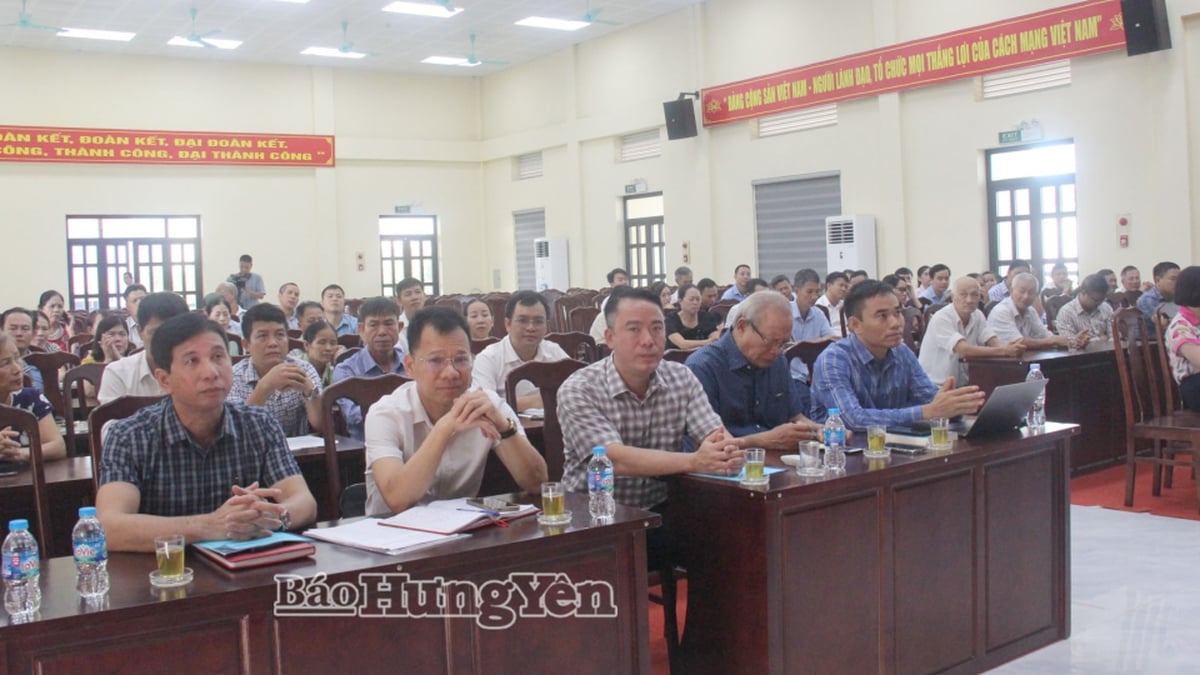
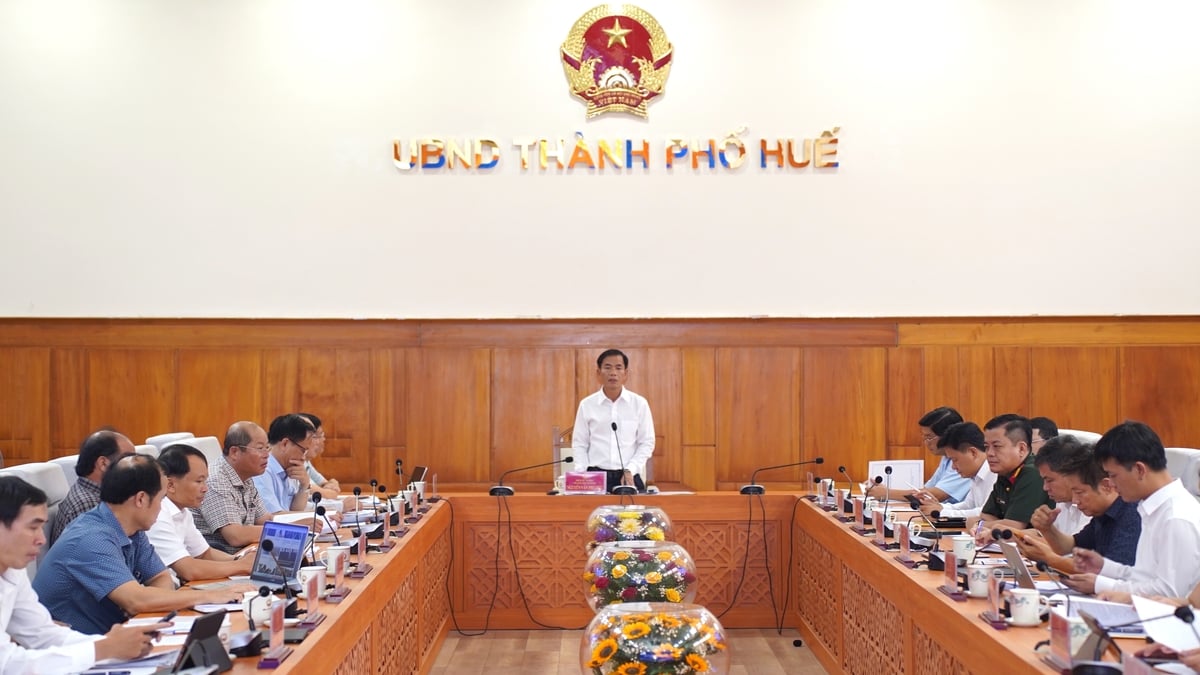



















































































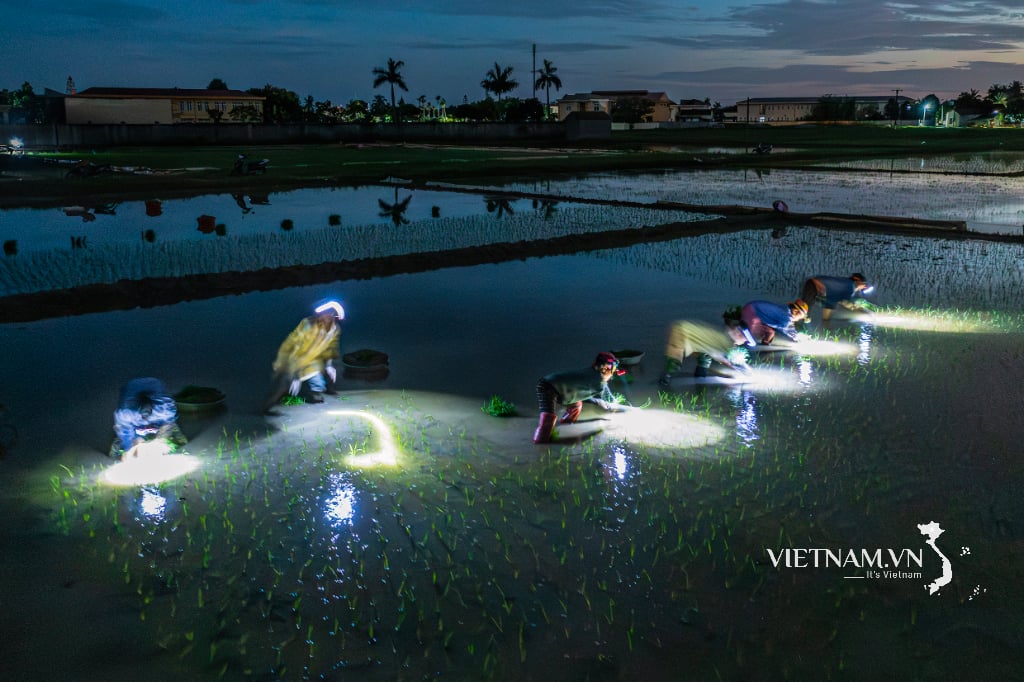


Comment (0)